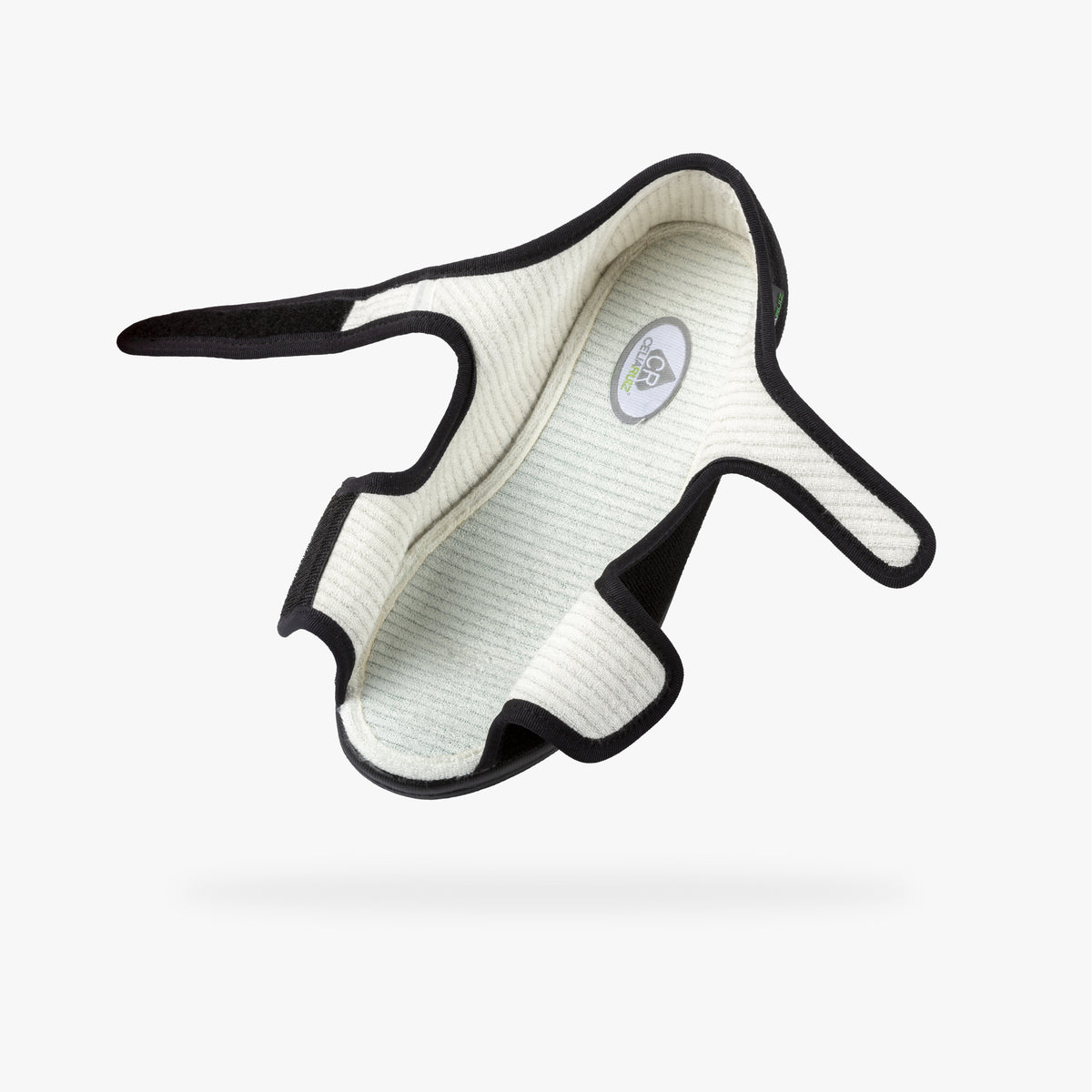Diabetes is a non-communicable disease with the fastest rate of progression of this century. Over 400 million people worldwide have diabetes, and the number is rising rapidly in developing nations. For example, in India, diabetes affects roughly 6% of the population.
Due to the fact that the clinical manifestation of diabetes only represents a small portion of the disease overall, it is also known as the Silent Disease. Diabetes has a wide range of clinical symptoms as well as several consequences, one of the main and most serious of them is the Diabetic foot, this term refers to a variety of conditions, including complications from wounds or infections, neurological issues, and blood circulation issues.

To explain this problem in a better way, below you can find some facts about diabetic foot:
● The most frequent disease-related complication that requires hospitalization is diabetic foot. 6% of all hospital discharges are due to diabetic foot, according to a clinical survey.
● Diabetics with macro vascular disease have poor blood circulation. This is brought on by atherosclerosis, which causes the artery walls to harden. The body's extremities, particularly the feet, are more prone to be impacted by this. Additionally, long durations of cross-legged sitting are discouraged as this may further lessen blood flow to the lower leg.
● Diabetes increases risk of infection, these include cellulitis (bacterial skin infections), osteomyelitis (bone infections), and fungal infections such as Athlete’s foot. Minor wounds and injuries should be treated right away since they might cause dangerous infections.
● People with diabetes account for up to 70% of leg amputations. In reality, those who have diabetes are 25 times more likely to lose a leg than those who do not have this condition.
● People with diabetes are more likely to experience dead tissue (gangrene) in their feet, this being the result of the deteriorating conditions like thrombosis (a blood vessel clot). In such circumstances, the blood supply is totally interrupted, which causes tissue death or necrosis.
● In legs and feet, smoking hastens the deterioration of the small blood vessels. High glucose levels and this damage together can impede recovery and raise the risk of infections and amputations.
● It is recommended to wear cozy and appropriate footwear, high heels and narrow tipped shoes are to be avoided.
● Diabetes patients with foot ulcers constitute about 15–25% of the population. In fact, the first sign of diabetes is a wound that doesn't heal or heals slowly. According to estimates, one in every six diabetics will develop a foot ulcer throughout their lifetime.
● All diabetic foot amputations can be avoided in up to 85% of cases. If blood sugar is not successfully controlled after an amputation, the risk of repeat amputation within five years is as high as fifty percent.
There are many different types of diabetics, all requiring a different kind of attention. On average Celia Ruiz footwear accommodates around 50% of diabetic patients. The other half are patients that are required to wear shoes with rigid bottoms with zero flexibility to prevent the cracking or breaking of lesions and ulcers on the bottom of their feet. The CoolMax Carbon lining has clinical tests proving that it aids in the healing process, providing a wide range of benefits to most diabetics.









